Licorice: Health Benefits and Risks
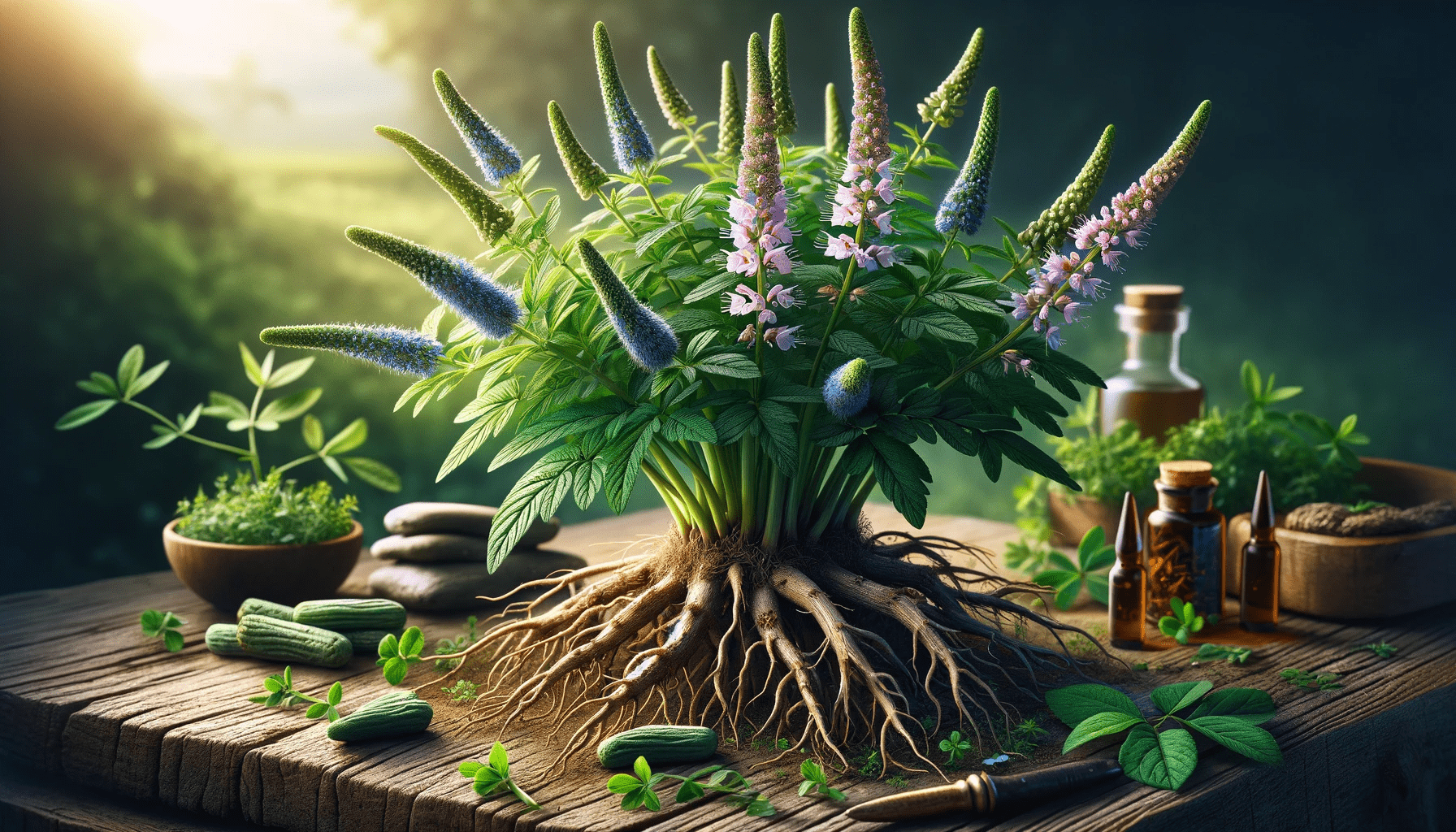
Licorice, derived from the root of the Glycyrrhiza glabra plant, has been used for thousands of years in various cultures for its distinct flavor and medicinal properties..
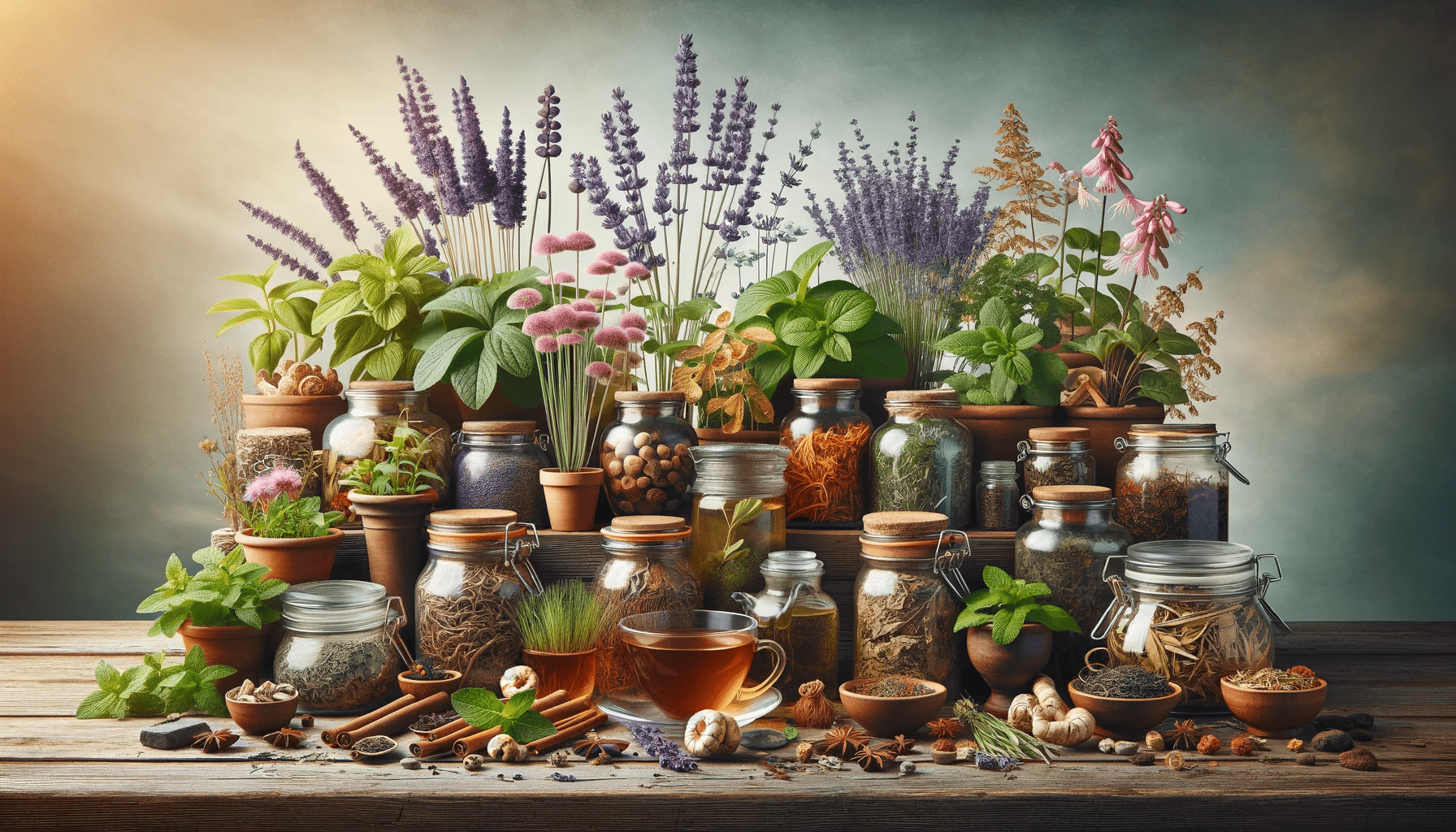

Licorice, derived from the root of the Glycyrrhiza glabra plant, has been used for thousands of years in various cultures for its distinct flavor and medicinal properties..

Often regarded as a mere weed in gardens, the dandelion (Taraxacum officinale) has a rich history in herbal medicine that belies its unassuming appearance..
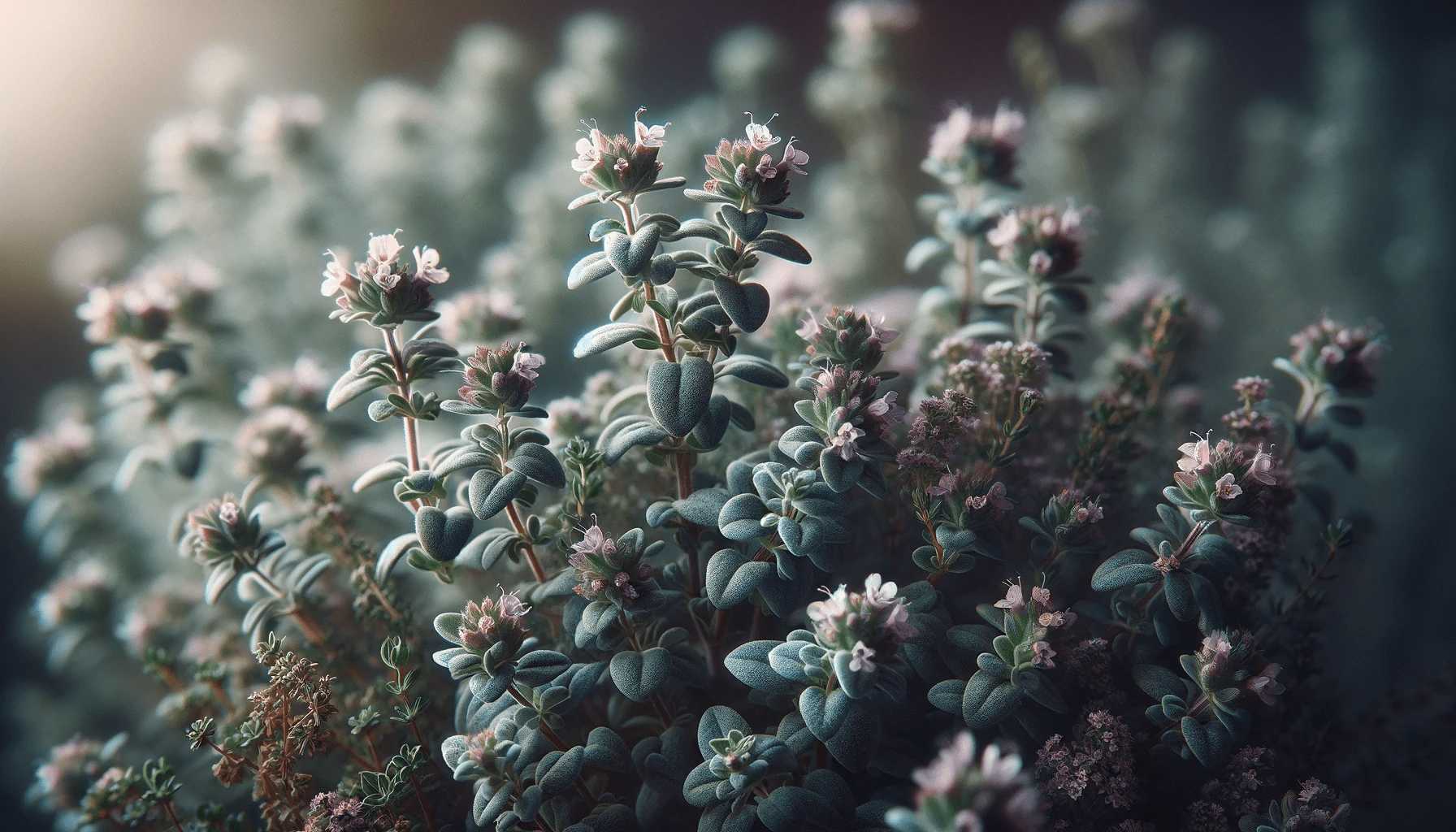
Thyme, a herb known for its distinctive aroma and culinary uses, is also a powerhouse of medicinal benefits. Scientifically known as Thymus vulgaris, thyme has been used throughout history not only in the kitchen but also in various traditional healing practices..
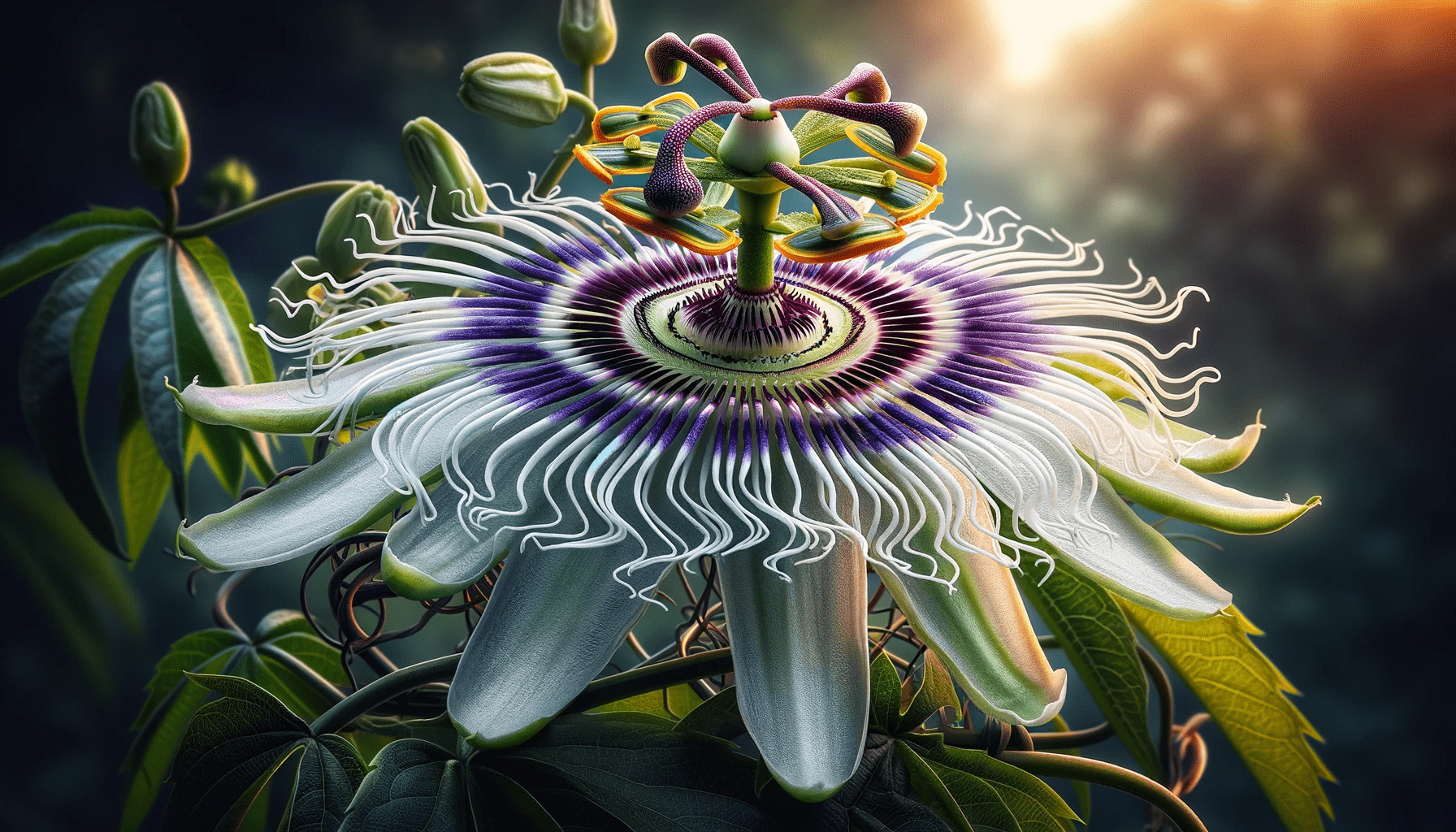
Passionflower, scientifically known as Passiflora incarnata, is a climbing vine renowned for its beautiful flowers and medicinal properties. Used traditionally to treat a variety of ailments, modern research is now unveiling its potential as a natural remedy for anxiety, insomnia, and more..
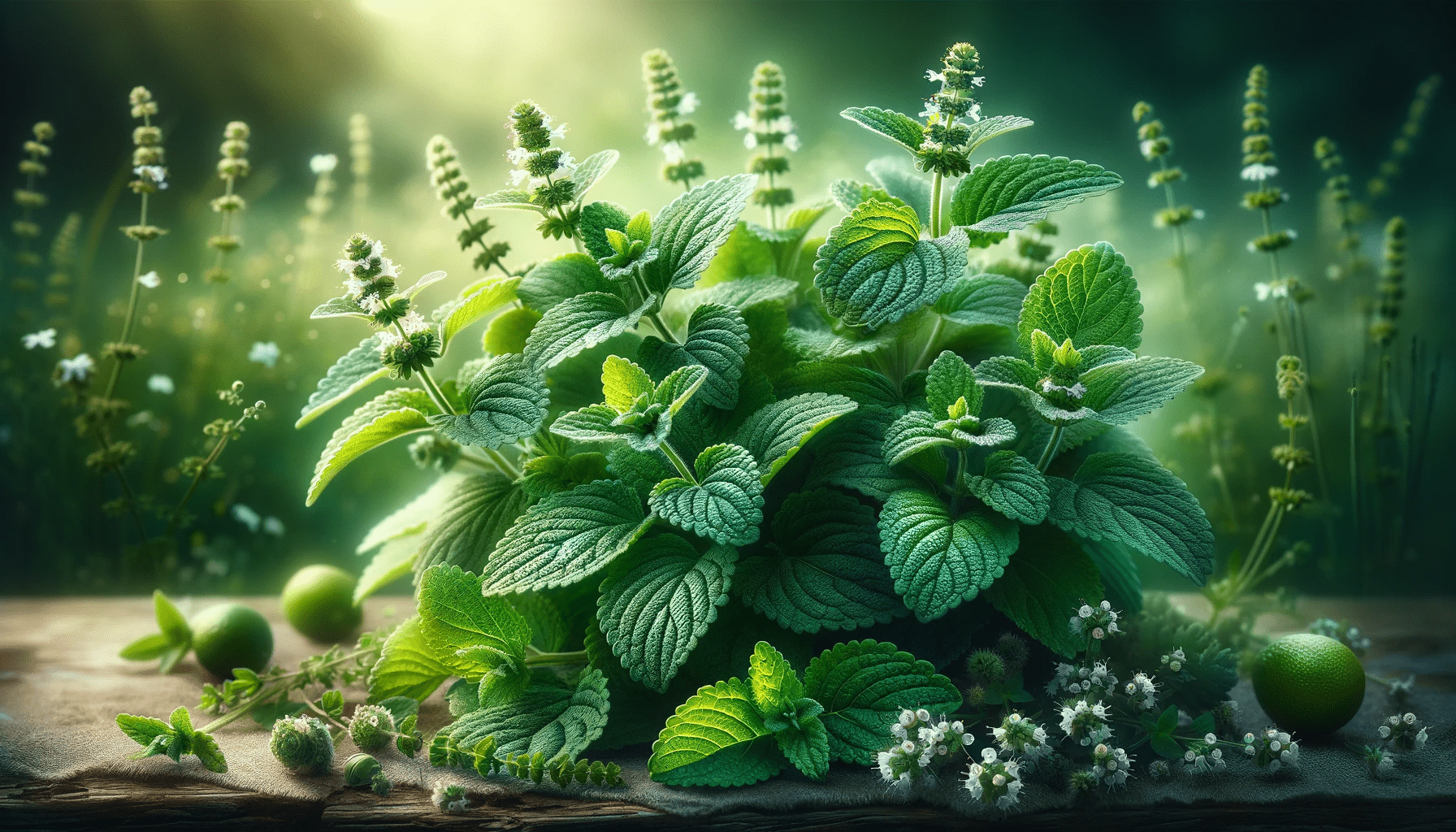
Melissa officinalis, more commonly known as lemon balm, is a perennial herb from the mint family, renowned for its lemon-scented leaves. Used for centuries in traditional medicine, recent scientific research has begun to validate many of its long-touted health benefits..
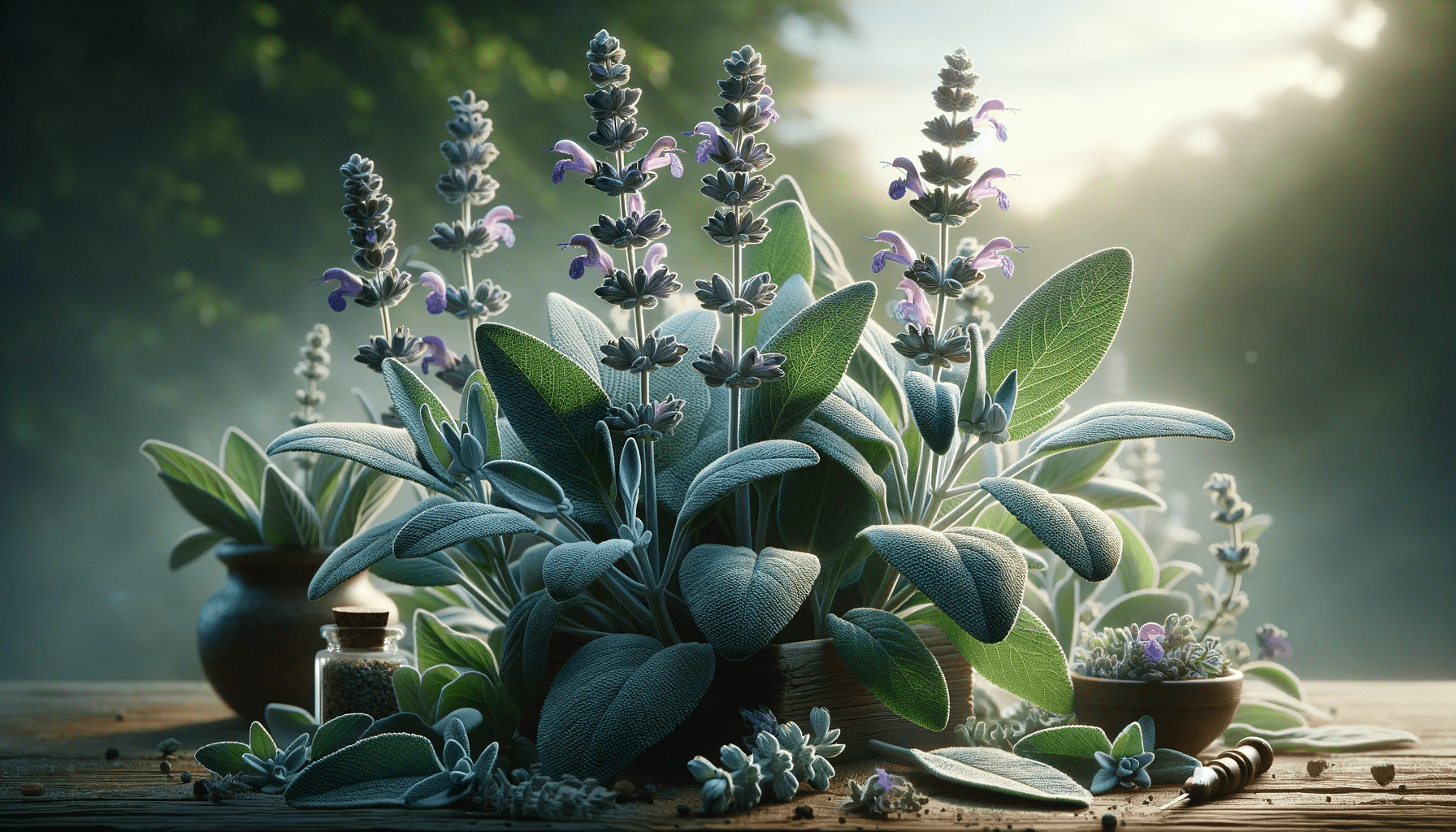
Sage, scientifically known as Salvia officinalis, is a perennial, evergreen shrub with woody stems and grayish leaves. A native of the Mediterranean region, sage has been cherished for centuries not only as a culinary herb but also for its medicinal properties..

Linden, derived from the Tilia tree species, is more than just an ornamental tree lining the streets of many European towns. Its flowers, leaves, and bark have been used in traditional medicine for centuries, offering a range of health benefits..

Verbena, also known as vervain, is more than just a plant. It’s a story that unfolds in gardens and wild fields, whispering tales of healing and comfort through its delicate leaves and blossoms..

In the heart of South Africa’s fynbos region grows a remarkable plant, Rooibos (Aspalathus linearis), known for its deep red infusion, earthy sweetness, and numerous health benefits..

Valerian, scientifically known as Valeriana officinalis, is a perennial flowering plant native to Europe and Asia. It has been used for centuries in traditional medicine to treat a variety of conditions, most notably for its sedative and anxiety-reducing effects..

Echinacea, a group of herbaceous plants in the daisy family, has gained popularity for its immune-boosting and medicinal properties..
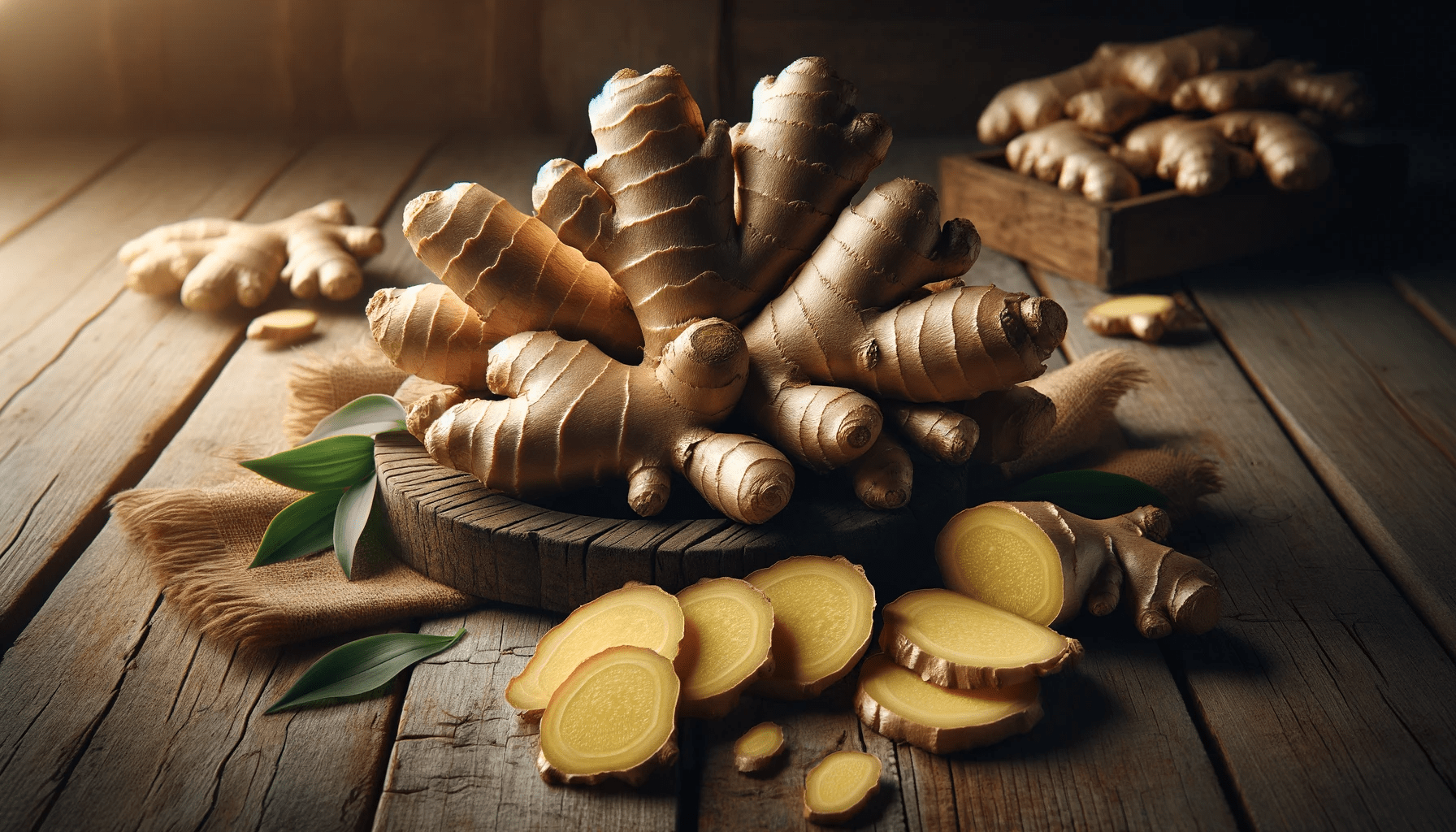
Ginger, scientifically known as Zingiber officinale, is a flowering plant whose rhizome, commonly known as ginger root, has been widely used for centuries in cooking and traditional medicine..
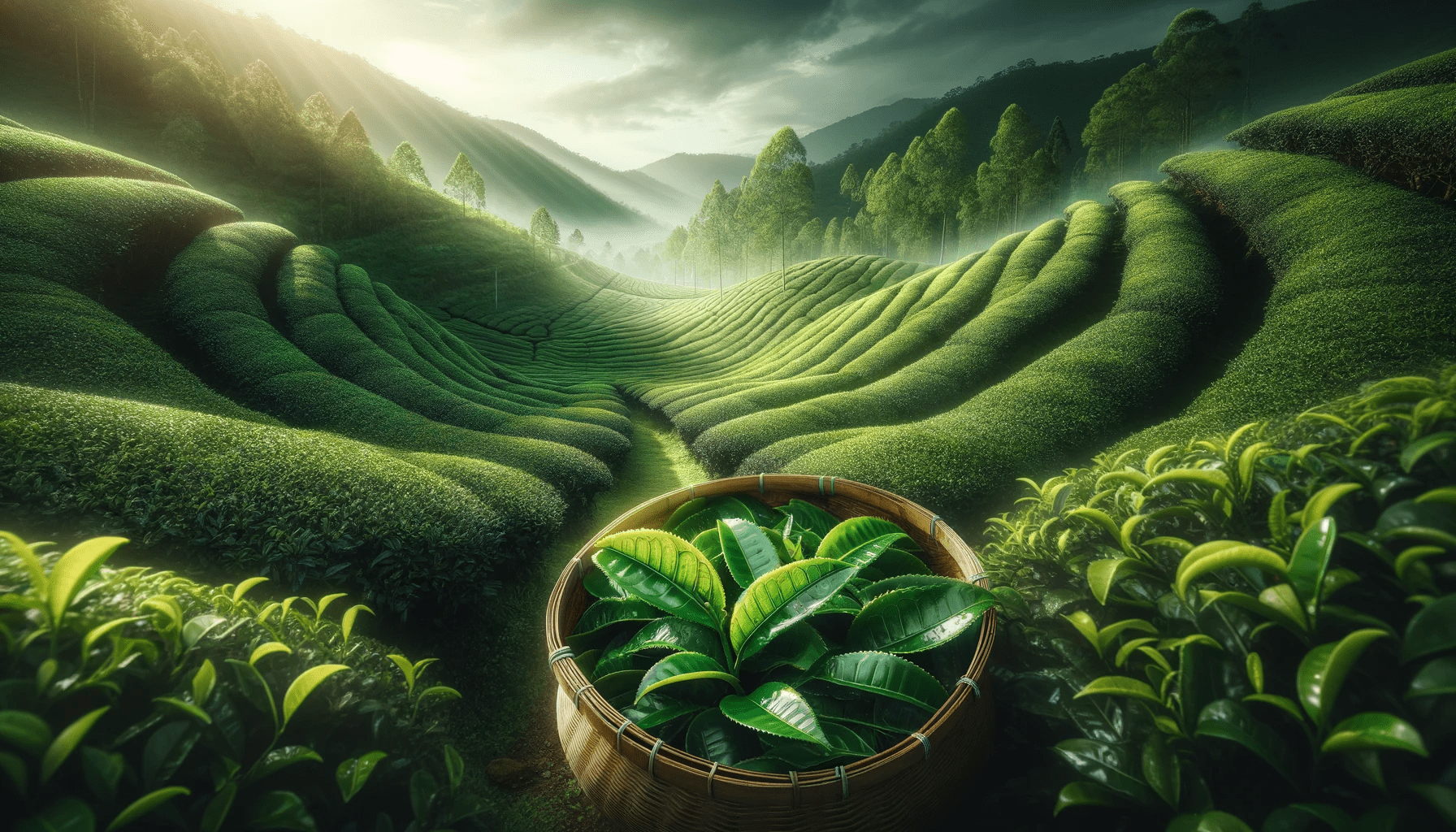
Green tea, made from the leaves of the Camellia sinensis plant, has been celebrated for centuries in various cultures for its health benefits..

Coughs, while a common reflex action to clear the throat and airways, can be bothersome and uncomfortable. Whether due to a cold, allergies, or irritants, finding natural and effective ways to alleviate a cough is a priority for many..

Diarrhea is a common digestive issue characterized by loose, watery stools. While it often resolves on its own, managing the symptoms and finding relief is crucial..
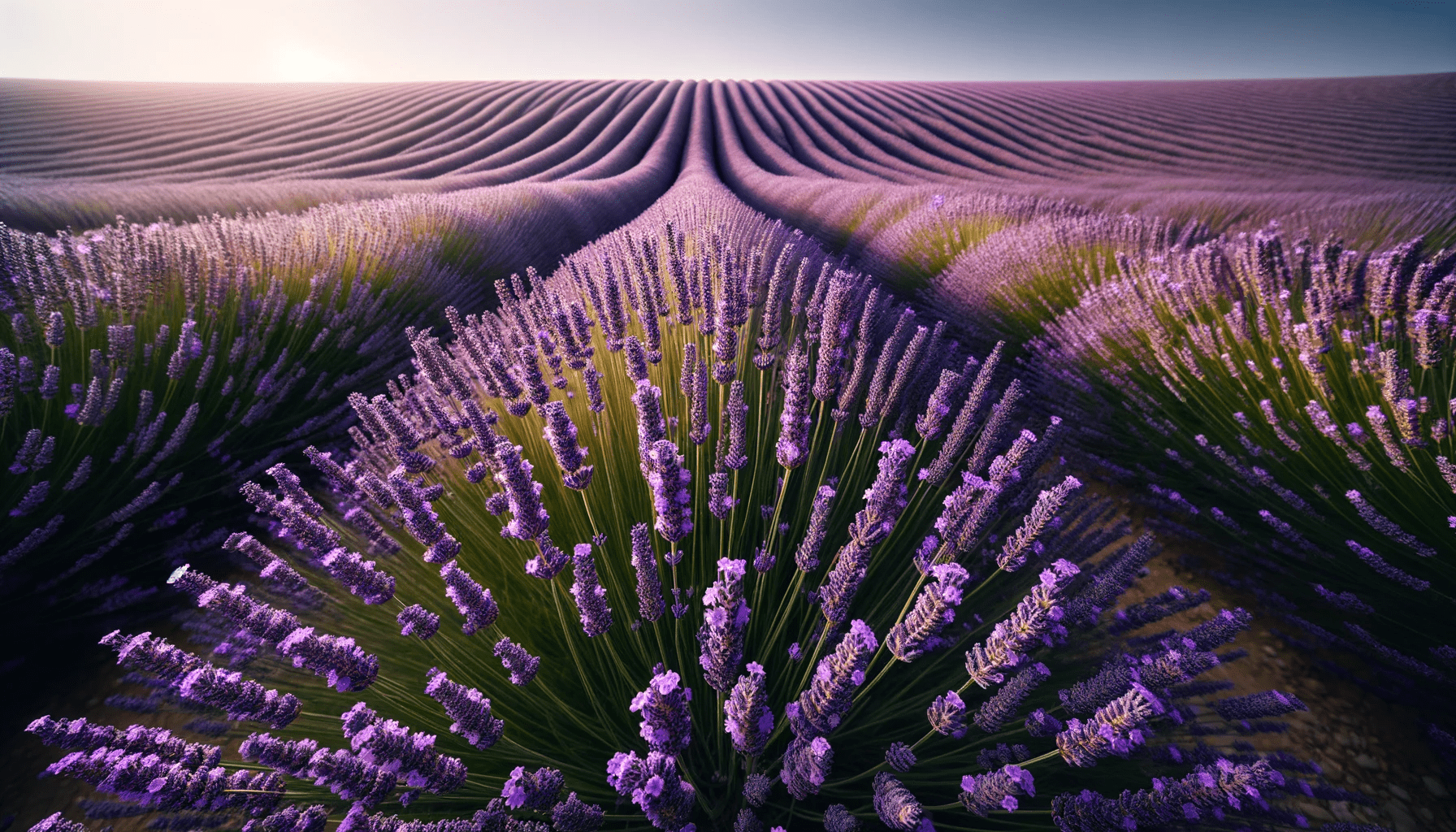
Lavender, scientifically known as Lavandula angustifolia, is celebrated not just for its delightful fragrance but also for its extensive range of health and therapeutic benefits..
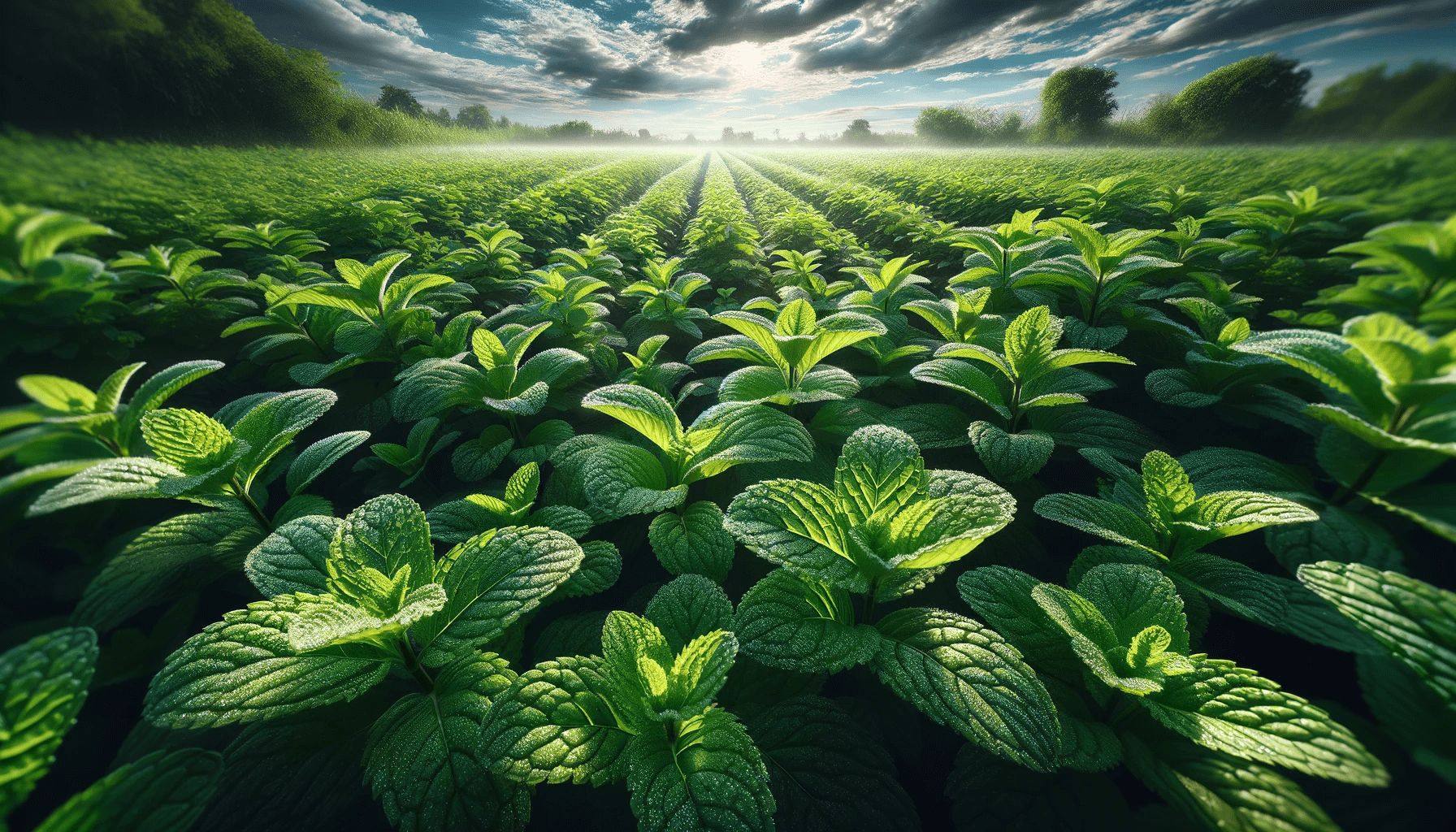
Peppermint, known scientifically as Mentha piperita, is more than just a flavoring agent. This aromatic herb has a rich history and is celebrated for its refreshing scent and a multitude of health benefits..

Chamomile, revered for its gentle calming properties, has been a cornerstone in traditional medicine, teas, and aromatherapy for centuries..